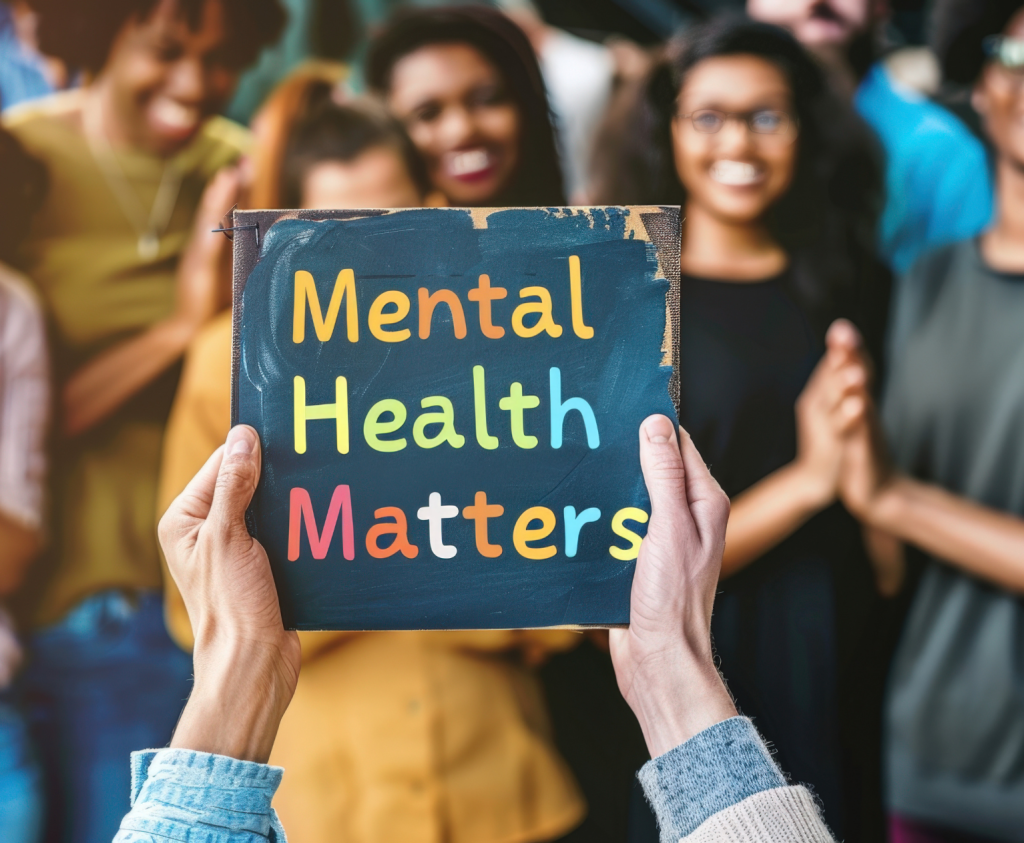Each June, Alzheimer’s and Brain Awareness Month serves as a critical reminder of the importance of brain health and the profound impact that Alzheimer’s disease and other dementias have on individuals, families, and communities. Organized to increase awareness, foster education, and inspire action, this observance empowers us to reflect not only on the challenges faced by those affected but also on what we can do to promote cognitive well-being throughout our lives.
This month holds personal significance for me as a caregiver to a parent living with vascular dementia. I’ve seen firsthand how cognitive decline affects not only the individual but also the entire support system around them. The emotional toll, the ongoing adjustments, and the uncertainty of progression can be overwhelming. That’s why I’m especially grateful for the support systems in place, including our Employee Assistance Program (EAP) through Behavioral Health Systems, which offers confidential counseling and resources for those navigating caregiving, stress, or grief. More information can be found at hr.kzoo.edu/current-employees/eap.
Alzheimer’s disease is a progressive neurological disorder that affects memory, thinking, and behavior. It is the most common cause of dementia, a general term for the impaired ability to remember, think, or make decisions. According to the Alzheimer’s Association (2024), more than 6 million Americans are living with Alzheimer’s, and that number is expected to rise as the population ages. Despite its prevalence, the disease is often misunderstood, and stigma can prevent individuals and caregivers from seeking help or discussing their experiences.
Beyond Alzheimer’s, there are many other brain-related conditions that deserve attention, including Parkinson’s disease, stroke, multiple sclerosis, and traumatic brain injury. These conditions affect millions and can significantly reduce quality of life. That’s why this month isn’t just about one disease—it’s about recognizing the vital role of brain health in our overall well-being.
Fortunately, research suggests there are proactive steps we can take to support cognitive health. These include regular physical activity (check out our Fitness Class Schedules), a nutritious diet (join Health Way), adequate sleep (aim for 8 hours daily), social engagement (we have tons of way to be in community on campus. Keep your eyes and ears open for events all summer), and mental stimulation (my mom and I like using Lumosity for mind games and exercises). Managing chronic conditions like hypertension, diabetes, and high cholesterol also plays a significant role in reducing risk (National Institute on Aging, 2023).
In alignment with this month’s message, let us commit to lifelong learning, compassion for those affected, and advocacy for continued research and support. Alzheimer’s and Brain Awareness Month invites us to care more deeply—for our brains, our loved ones, and our communities.
References
- Alzheimer’s Association. (2024). 2024 Alzheimer’s disease facts and figures. https://www.alz.org/alzheimers-dementia/facts-figures
- National Institute on Aging. (2023, September 13). Cognitive health and older adults. U.S. Department of Health & Human Services. https://www.nia.nih.gov/health/cognitive-health-and-older-adults
- Clinical Advisor. (n.d.). Alzheimer’s and Brain Awareness Month. https://www.clinicaladvisor.com/home/topics/neurology-information-center/alzheimers-disease/alzheimers-brain-awareness-month/
- Kalamazoo College Human Resources. (n.d.). Employee Assistance Program (EAP). https://hr.kzoo.edu/current-employees/eap/










